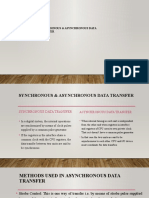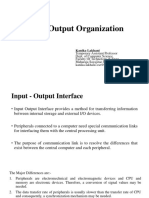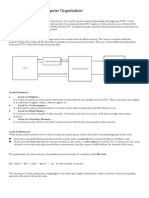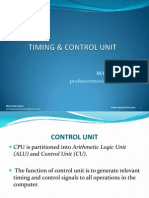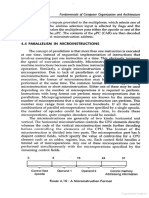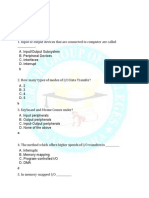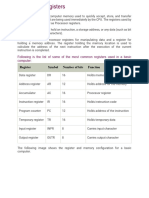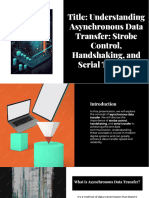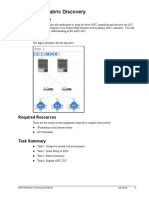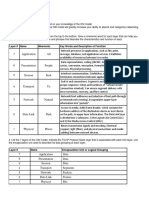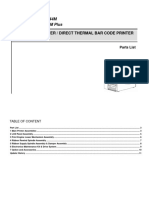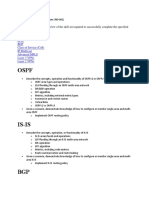0% found this document useful (0 votes)
3K views19 pagesAsynchronous Data Transfer Methods
This document discusses two methods for asynchronous data transfer: strobe pulse and handshaking. With strobe pulse, a strobe signal indicates when a data transfer will occur, but the sending unit does not know if data was received. Handshaking adds a second control signal so the sending unit is acknowledged. It describes source-initiated and destination-initiated strobe pulse methods and source-initiated and destination-initiated handshaking methods. Asynchronous serial transfer is also covered, where each bit is sent sequentially rather than all bits together, with start and stop bits added to each character for synchronization.
Uploaded by
Navin Kumar SharmaCopyright
© © All Rights Reserved
We take content rights seriously. If you suspect this is your content, claim it here.
Available Formats
Download as PPT, PDF, TXT or read online on Scribd
0% found this document useful (0 votes)
3K views19 pagesAsynchronous Data Transfer Methods
This document discusses two methods for asynchronous data transfer: strobe pulse and handshaking. With strobe pulse, a strobe signal indicates when a data transfer will occur, but the sending unit does not know if data was received. Handshaking adds a second control signal so the sending unit is acknowledged. It describes source-initiated and destination-initiated strobe pulse methods and source-initiated and destination-initiated handshaking methods. Asynchronous serial transfer is also covered, where each bit is sent sequentially rather than all bits together, with start and stop bits added to each character for synchronization.
Uploaded by
Navin Kumar SharmaCopyright
© © All Rights Reserved
We take content rights seriously. If you suspect this is your content, claim it here.
Available Formats
Download as PPT, PDF, TXT or read online on Scribd
/ 19
